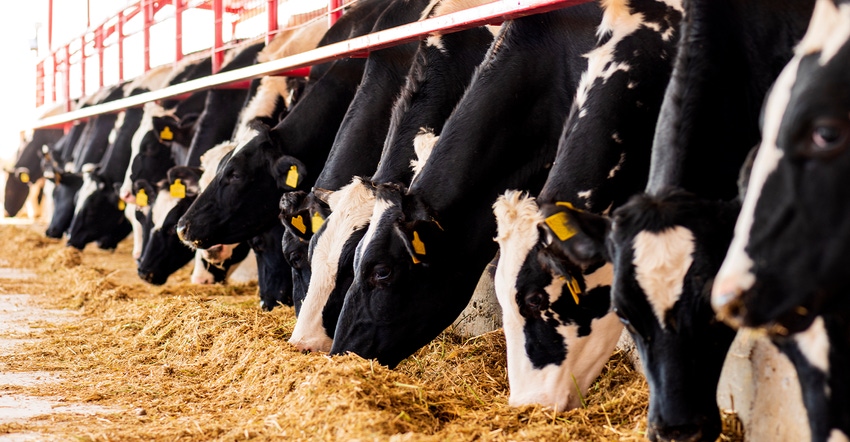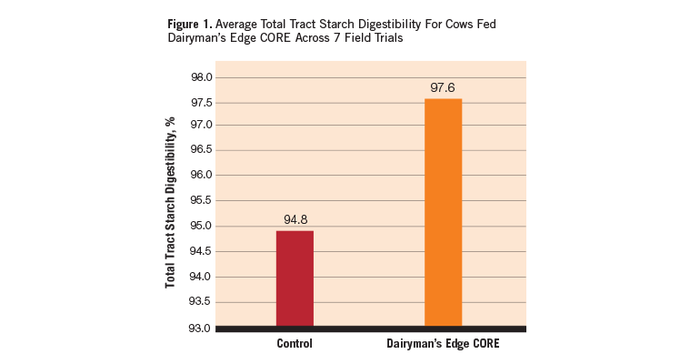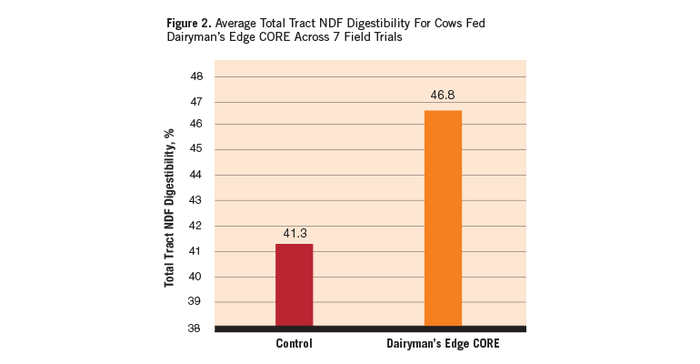How to navigate fall forage challenges
Concerned about your corn silage crop quality? See how to get the most from your silage even in less-than-ideal conditions.
November 1, 2021

Sponsored Content
Corn silage harvest is a crucial time on dairy farms across the country because it provides the forage base for most lactating dairy cow diets. While filled with opportunity, this season also has its challenges.
The timing of harvest is driven by plant maturity and whole plant dry matter, which do not typically reach their targets at the same time. Weather can also be unpredictable when it comes to harvesting to maximize milk production. In an ideal world, producers would harvest their corn at 35% dry matter in one day from dry fields. They would then pack the silage in a bunker silo sized for optimal feed out conditions, minimizing spoilage and dry matter losses. Once in the bunk, the new crop would get to ferment for six months before feed out to maximize starch digestibility. Those ideal conditions, however, are rare. So how can nutritionists and producers successfully navigate fall forage challenges?
Improve feed digestibility
New crop corn silage is not as digestible as the previous year’s ensiled inventory. The best-case scenario is to have carry over inventory to avoid feeding this less digestible silage until it has had time to ferment in the bunk. Unfortunately, lower digestibility new crop silage often makes its way into rations in the fall due to farm growth, insufficient land base or dairy economics. Both management and nutritional solutions should be implemented to maximize nutrient availability of the feedstuff in this situation.
Targeted probiotics, like Dairyman’s Edge® CORE, have been shown to support total tract neutral detergent fiber (NDF) and starch digestibility, offsetting the negative effects of corn silage fed prior to full fermentation (see Figures 1 and 2). Research shows improvements in digestibility can lead to more available energy for the cow, improved production efficiency and increased milk and component yield.


Support the immune system
Corn silage put up too wet or too dry may not pack or ferment well, allowing the proliferation of opportunistic pathogens, molds and toxins. The probiotic bacteria in Dairyman’s Edge CORE can support cows through these challenges in several ways:
Probiotics support gastrointestinal function and tight junction integrity, which limits the ability of pathogens and toxins to enter the blood stream and cause infection.
Beneficial probiotic bacteria naturally secrete bacteriocins (proteins or peptides) that inhibit invading bacteria of related strains and prevent them from causing harm to the cow.
Probiotic bacteria optimize immune function in the cow. By supporting healthy immune function, Dairyman�’s Edge CORE helps cows respond more efficiently to challenges. In a healthy immune system, neutrophils (first line of defense) effectively produce antibacterial enzymes, reactive oxygen species and aide in the production of biofilms that trap pathogenic bacteria. As a second line of defense, native T-cells differentiate into specialized T-cells that produce cytokines in response to the challenge faced by the cow.
Set them up for success
Like all good things, the maximum benefit of feeding probiotics comes with time. While dairy farms may see some initial results when first utilizing these products, the best responses occur after about 3-4 weeks of product inclusion in the diet. Because of this, it is best to feed probiotics to all cows in the herd, lactating and dry alike, throughout the year. Incorporating a carefully researched probiotic into the diet supports overall cow health and adaptation to new feeds, which will improve profitability of the herd.
About the Author(s)
You May Also Like



